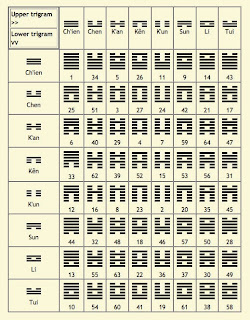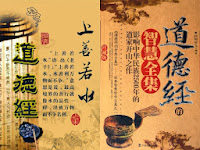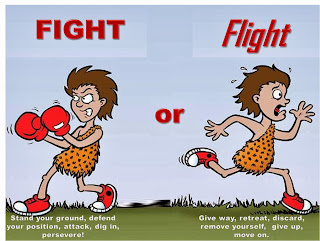 Responsibility translates into commitment to finish something. People mostly like and tend to hide from responsibility for their deeds, actions, and decisions.
Responsibility translates into commitment to finish something. People mostly like and tend to hide from responsibility for their deeds, actions, and decisions.When learning to master martial arts one is encouraged to think about the responsibility and how to use it in all techniques. Depending on energy, force, and power used a martial artist may kill, immobilize or cure a person - the body point to which it is applied is the same. It is a heavy and sole responsibility what and how to use the accumulated martial arts knowledge.
The responsibility is, by all means, one of the most demanding requirements in leadership. “Good leadership involves responsibility to the welfare of the group, which means that some people will get angry at your actions and decisions. It's inevitable, if you're honourable. Trying to get everyone to like you is a sign of mediocrity” are the words of General Colin Powell on leadership’s responsibility.









